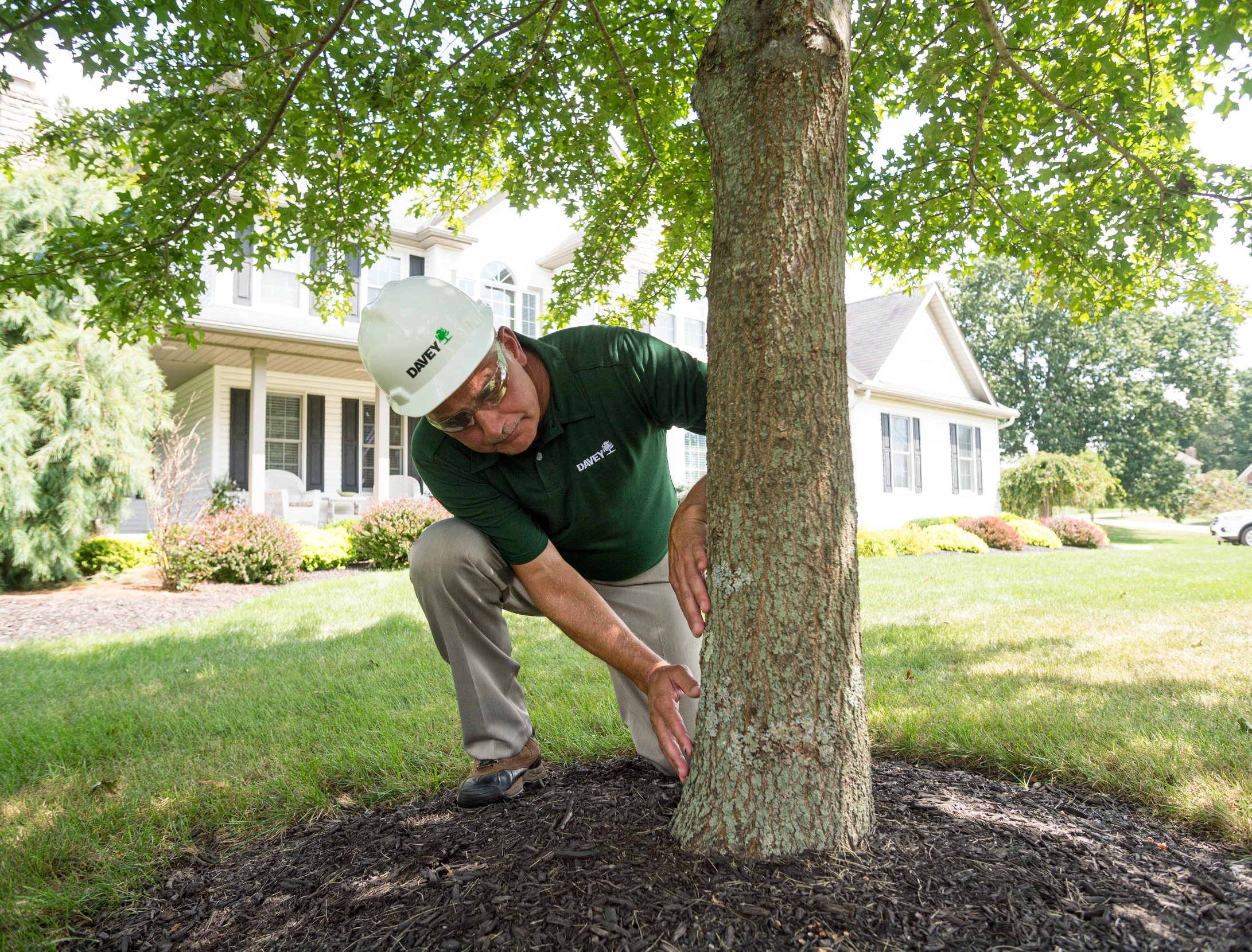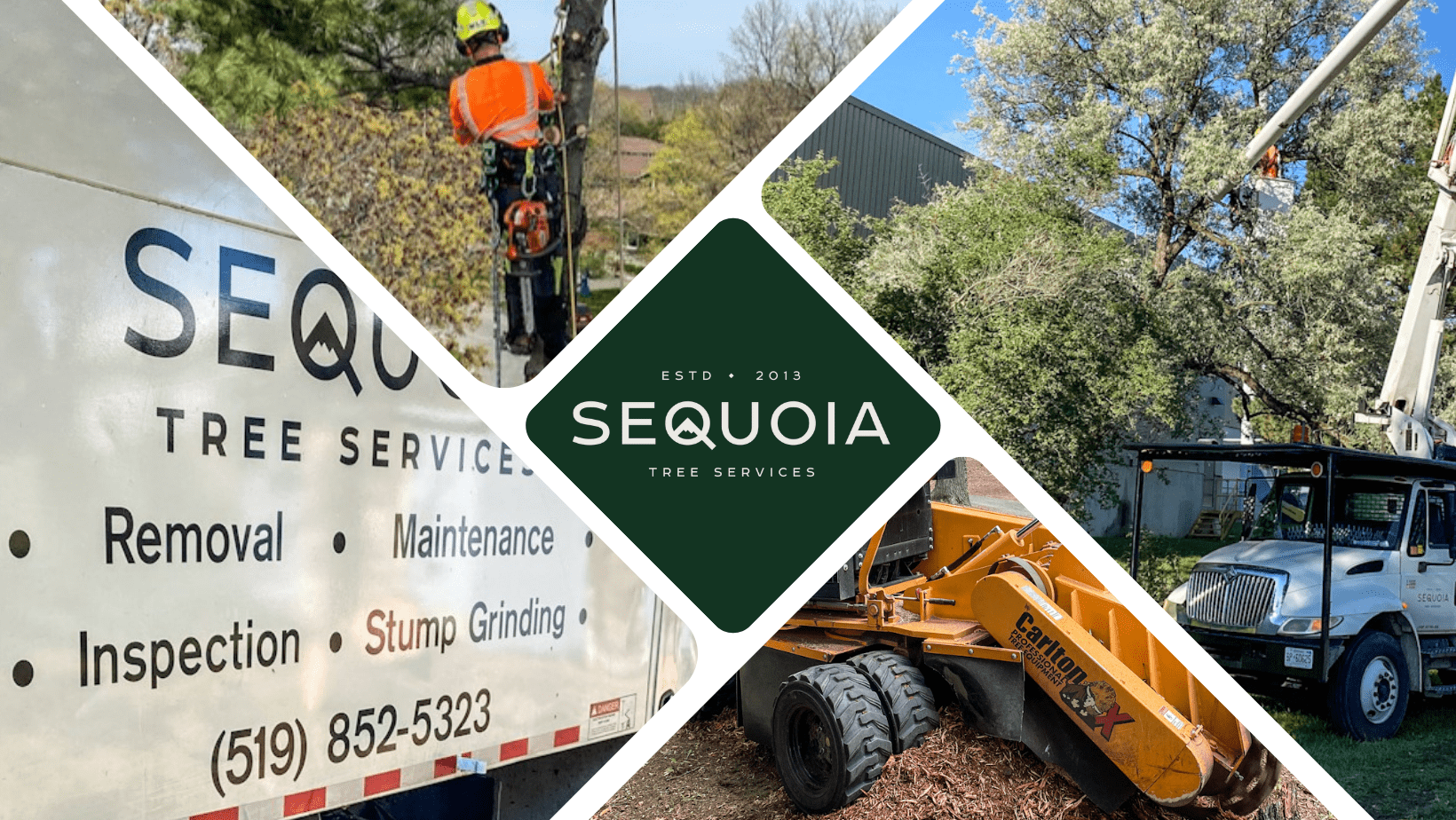Safe and Efficient Tree Elimination for a Healthier Landscape
The procedure of risk-free and reliable tree removal is necessary in fostering a healthier landscape, specifically when addressing the threats related to infected or unpredictable trees. Homeowners face an important choice in between opting or employing professional solutions for a diy strategy, each lugging its own implications for security and effectiveness. Understanding the subtleties of this procedure, consisting of required precautions and post-removal treatment, can substantially influence the long-lasting wellness of your outside environment. The question continues to be: what elements should be considered to make certain both safety and security and eco-friendly stability during this undertaking?
Significance of Tree Removal
Tree removal plays an important duty in maintaining a healthy landscape, with researches showing that approximately 30% of trees in metropolitan locations may be infected or in danger of collapse. This fact highlights the importance of positive tree monitoring, as harmful trees position considerable threats to both residential property and public safety and security. Diseased trees can draw in bugs and illness that endanger other greenery, interfering with the environmental equilibrium within the landscape.
Additionally, tree elimination can enhance the visual appeal of an area. Removing overgrown or badly positioned trees permits for better light penetration and enhances the growing conditions for bordering plants. This practice supports the general health and wellness of the landscape, cultivating a much more vivid and diverse community.
Furthermore, tree removal is essential in metropolitan advancement and framework preparation. As cities increase, the requirement to clear space for construction or highways often necessitates the elimination of trees that impede progression. When conducted responsibly, tree removal can help with lasting growth while prioritizing safety and environmental health.

Assessing Trees for Elimination
Examining the condition of trees is an essential action in the elimination process, ensuring that choices are based on comprehensive analyses instead of assumptions. To begin this evaluation, a visual inspection ought to be carried out, concentrating on signs of condition, pest invasions, and structural weak points. Key signs include dead branches, bark abnormalities, and significant lean.
Following, it is necessary to evaluate the tree's overall health and wellness and vigor. This involves checking out leaf pigmentation, thickness, and development patterns. Trees showing stunted growth or discolored foliage may show underlying issues that necessitate removal. Furthermore, take into consideration the tree's area relative to structures, other greenery, and public security. Trees that position risks due to their distance to structures or high-voltage line should be prioritized for evaluation.
Furthermore, expert arborists can utilize advanced diagnostic tools, such as resistographs or sonic tomographs, to assess the inner honesty of the tree. These tools help identify decay or structural deficiencies that might not show up on the surface. Eventually, a thorough assessment will certainly lead enlightened choices concerning tree elimination, making sure that the landscape stays secure and healthy and balanced for all.
Security Precautions and Devices
Safety is critical when carrying out tree elimination, as the procedure includes intrinsic risks to both employees and building. Before starting any tree elimination operation, it is vital to conduct a comprehensive threat analysis to identify possible risks such as nearby structures, power lines, and unpredictable ground conditions.

Correct individual safety equipment (PPE) is critical; this includes construction hats, safety davey tree service and security goggles, gloves, and steel-toed boots. Additionally, hearing security needs to be put on when running loud equipment.
The right tools are essential for effective and safe tree removal. Chainsaws are commonly made use of, yet they require appropriate handling and maintenance. Always make sure that the power saw is equipped with a functioning chain brake and that the operator is trained in its use. Other crucial devices consist of ropes for rigging, wedges for directing falls, and a pruning saw for smaller sized branches.
Establishing a clear job area, communicating properly with all employee, and having a first-aid package readily offered adds to a more secure removal process. By adhering to these security preventative measures and employing ideal tools, tree elimination can be implemented efficiently while decreasing threats.
Specialist vs. DIY Removal
Usually, property owners discover themselves considering the advantages and disadvantages of expert tree elimination solutions versus trying the job themselves. While DIY removal can be appealing as a result of set you back financial savings, it postures substantial threats and difficulties. Tree removal needs specialized expertise regarding tree biology, architectural stability, and safe cutting strategies, which the typical homeowner might lack. Incorrect techniques can bring about injury, residential or commercial property damages, and even damages to bordering trees.
On the various other hand, working with a specialist tree removal solution makes sure that the task is carried out safely and effectively. Toronto tree removal. Experts are equipped with the right tools and possess the required know-how to assess the situation precisely, decreasing threats. They can likewise take care of disposal and clean-up, which can be a difficult task for people trying do it yourself elimination
Additionally, specialist services often provide insurance policy, securing home owners from potential obligations in case of mishaps. While the first expense might be greater, the long-lasting advantages of specialist solutions-- such as security, effectiveness, and satisfaction-- can exceed the temporary savings of a DIY strategy. Ultimately, the decision should consider variables like the dimension and area of the tree, the home owner's experience, and the possible risks entailed.
Post-Removal Landscape Treatment
Once a tree has been effectively eliminated, attention should turn to the landscape's treatment to ensure it stays visually attractive and healthy and balanced. Once stood, the initial action includes addressing the location where the tree. This consists of grinding down the stump if not already finished, as this avoids potential pest problems and permits new growth.
Ultimately, it is critical to load the space left by the tree. Use top quality topsoil to level the ground, promoting correct drain and avoiding erosion. Depending upon the landscape design, consider growing brand-new trees or shrubs in the area to maintain equilibrium and appearances.
Watering and feeding the surrounding soil will certainly encourage helpful microbial task, making certain a fertile setting for new plantings. Screen the area for my review here any signs of disease or pest activity, as the elimination of a tree can interfere with neighborhood ecosystems.
Lastly, consider mulching the location to preserve and subdue weeds dampness. Routine maintenance, including weeding and regular examinations, will certainly aid maintain the landscape's health and wellness and charm. By spending time in post-removal treatment, you can guarantee a flourishing, sustainable atmosphere that enhances your overall landscape.
Conclusion
In final thought, risk-free and reliable tree elimination plays an important role in keeping a much healthier landscape. The cautious analysis of trees, adherence to security preventative measures, and the selection between expert services or DIY strategies are essential factors to consider. Post-removal care, consisting of stump grinding and replanting, adds to eco-friendly balance and visual improvement. Inevitably, efficient tree elimination not just mitigates dangers but also cultivates a successful atmosphere that benefits both human and wild animals populaces.
The process of risk-free and effective tree removal is necessary in cultivating a much healthier landscape, specifically when addressing the risks linked with infected or unstable trees.Tree elimination plays a critical role in maintaining a healthy and balanced landscape, with studies suggesting that approximately 30% of trees in metropolitan locations may be infected or at threat of collapse. Inevitably, a thorough explanation assessment will direct informed choices regarding tree elimination, ensuring that the landscape remains healthy and risk-free for all.
